Expedition: Day 10 – End
One last group photo while leaving the province - this time via Callie’s drone.
Friday, September 27th
Written by Lucy Houliston and Callie Broaddus
A good night’s sleep in proper beds meant that Callie, Carter, and I awoke feeling refreshed on Friday, ready for our long drive back to Quito. But the general mood at Dracula House that morning was different to what it had been previously—Javier was tense, keen to get us out of Carchi province as early as possible to ensure our journey wasn’t compromised by any more blockaded roads or intensifying political demonstrations. We hurried to eat breakfast and gather together all of our belongings—clothes, camera kit, and all—that were strewn messily about the place.
It was hard to say goodbye so hastily, but time was of the essence as civil unrest rapidly spread to the province borders.
After bidding a hasty farewell to our host family, Mario, and the rest of the scientists, we hopped in the car and set off on our return journey toward the city. About 45 minutes into the drive, we crossed paths with an enormous lorry; next, a gas station harbouring 35 18-wheeler trucks and with them, 35 frustrated drivers who were reportedly blocked from entering Carchi Province. An update from friends still in the province revealed that the lorry we’d passed just moments earlier had been employed to blockade the main point of entrance and exit to the province. It appeared we’d left just in time...
We ran into Daniel along the road as we left—a welcome surprise opportunity for a proper goodbye in unusual circumstances.
The drive offered us yet another glimpse of the rampant ecological destruction occurring in this region. We travelled around a huge mountain which, Javier explained, had once been smothered in thick forest. Now, only a tiny crown of trees remained at its tip, the rest of its slopes completely barren and exposed to the elements. Nearby, somebody was burning forest. In spite of the warm weather, we had to roll up the car windows to try and reduce the stench of smouldering vegetation—it was so strong that it took our breath away.
Once lush cloud forest habitat, years of deforestation for agricultural use has left this mountain face barren. Photo by Callie Broaddus.
After a near seven-hour drive, Javier dropped us off at our Quito home base, Hotel Andino, so that he could return home to his family. That night, Callie, Carter, and I ventured to the local mall in search of some extra computer equipment. There, we were greeted by a somewhat unseasonal surprise: an entire floor of the main department store was already festooned with Christmas decorations… in September!
Perhaps the most jarring return to normal life came in the form of this September Christmas display!
Saturday was supposed to be my final day in Ecuador, but I made the decision to extend my trip so that I could assist with some newly scheduled school visits, and talk to more Ecuadorian students about Reserva’s work. It also meant that I could enjoy an afternoon of sightseeing without worrying about packing and travelling to the airport. Javier, having taken very well to his new role as resident tour guide, joined us along with his two-year-old daughter, Manuela. We rode a cable car 4,100m up the flanks of Volcán Pichinchato to admire the city from above and search for “pajaritos” with Manuela, a budding birder.
“Pajarito!” Two-year-old Manuela picked up birding from her dad. Photo by Callie Broaddus.
Later, we headed to a local market, where we bartered with salespeople for gifts for loved ones back home. Callie bought two psychedelic-looking, knitted “Aya Uma” masks—local Catholic and Quechua legend has it that these spiritual beings (complete with not one, but two faces) descend from the mountains to accompany townspeople during the Corpus Cristi festival, an annual celebration which honours the sun, the moon, and nature. Meanwhile, Carter struggled to avoid the copious number of hand-crafted bags, shawls, jumpers and plush toys that were being sold at almost every stall. He explained to us how, on a recent trip, he'd discovered that he was in fact allergic to alpaca wool!
Aya Uma
That night, we were invited to celebrate Javier’s sister’s birthday at her home. Geovanna proved to be as gregarious and welcoming as her brother, and we passed a merry evening getting to know yet another member of Reserva's Youth Council member: Giovanna’s youngest daughter, Valeria, is one of its youngest members. At eight years old, she has already led an impressive campaign to raise awareness around palm oil consumption in her school, even holding a palm oil-free birthday party, and she proudly unveiled a plan (and accompanying giant poster) for a project to support Reserva’s 1 Million Letters Campaign with a stamp design contest highlighting the reserve’s endangered animals. Valeria’s older sister, Natalia, was soon wrapped up in the excitement as we discussed the merits of the project and made plans for visiting their school that week.
We returned to our hotel, exhausted but impatient to begin preparations for our now imminent school visits, and Monday's planned visit to the U.S. Embassy in Quito.
Indeed, we made up for Saturday’s festivities by spending our entire Sunday working our muddy little socks off. By 8am, Callie, Carter, and I were at the breakfast table making a work plan: with the energy and excitement of the last 11 days compounding into one, we managed to power through hours of curating presentations for young ones, pre-teens, and Embassy staff, using content that had not yet been reviewed or edited. We also began posting our Field Notes to Reserva's website, and edited a short video together in Spanish for our school visits. We were rewarded for our efforts at 8:30pm, when a mariachi band began performing just across the street.
One of the pieces we produced in our cram session was this introduction to Daniel Valencia. Check it out. :)
Over the next two days, we each gave talks at local schools (Callie delivered her first talks in Spanish!), collected 112 letters for our 1 Million Letters campaign, and even got $3 from a trio of young students who wanted to contribute toward the reserve. We had a wonderful meeting at the US Embassy in Quito, whom we hope will become a partner in our efforts on our next visit. We even met Oona Chaplin from Game of Thrones and got to see a bit more of Quito, including a stained glass window featuring about 100 orchids. But each night, we returned to the hotel to crank through photos and write field notes.
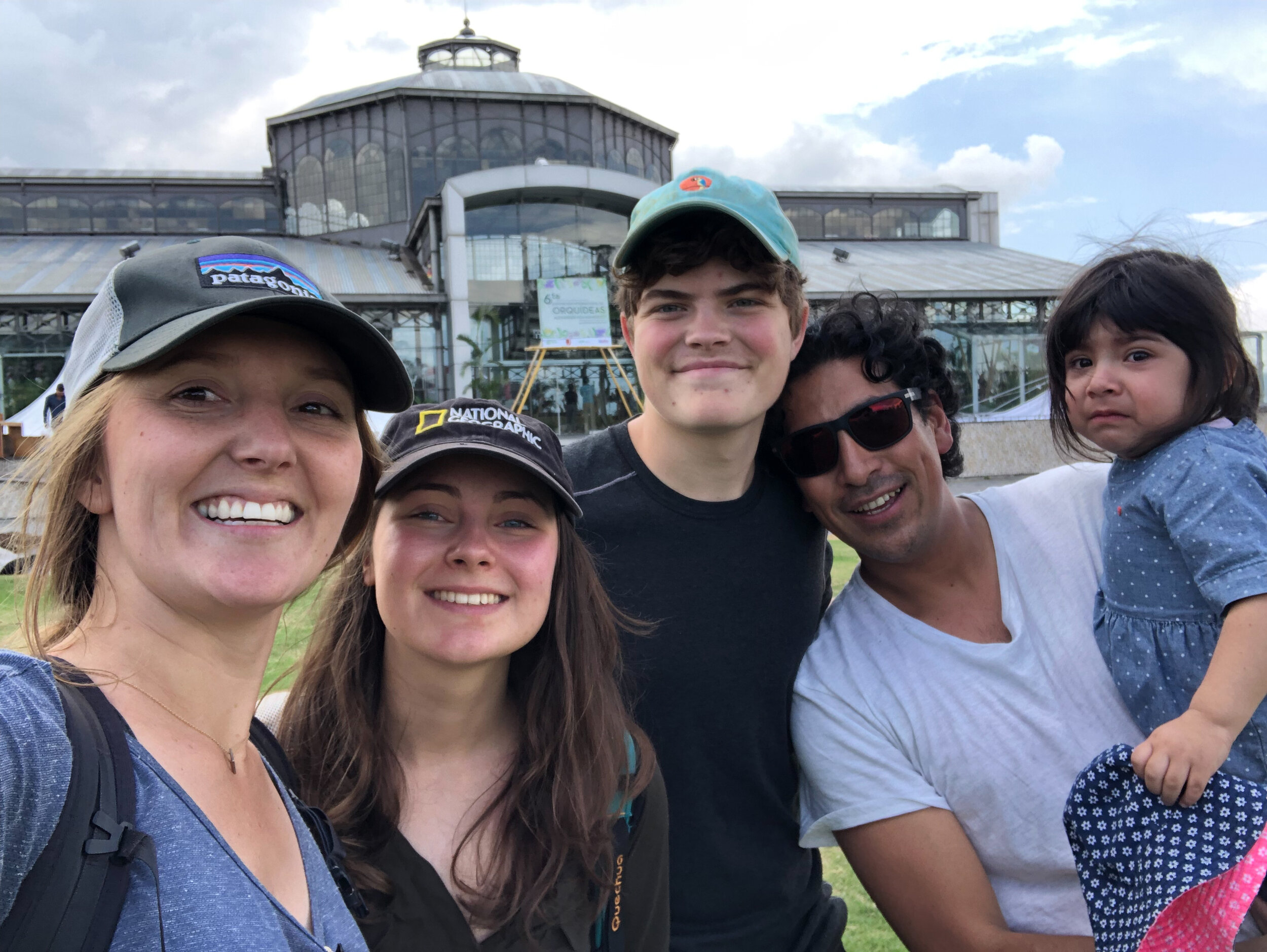
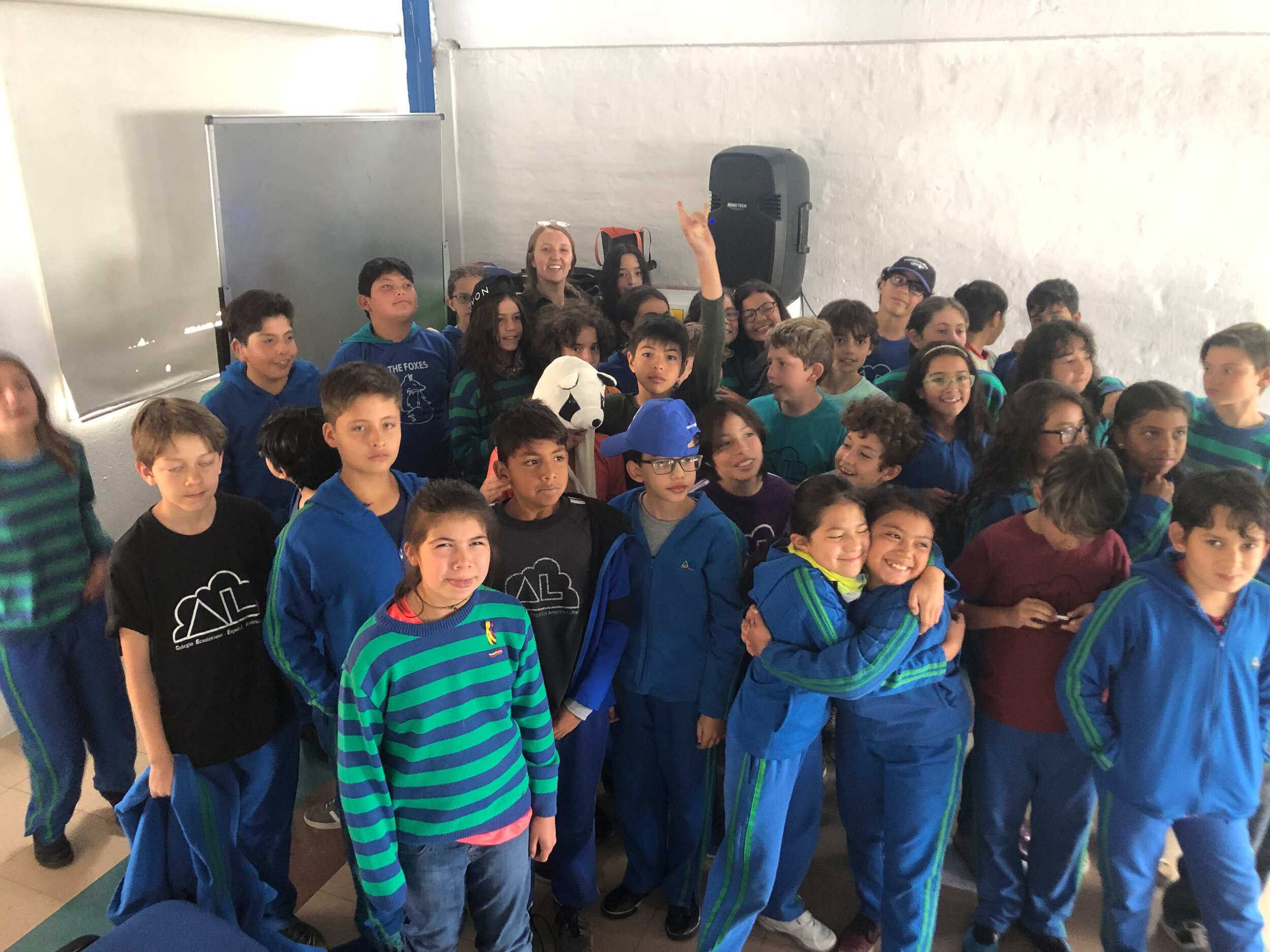
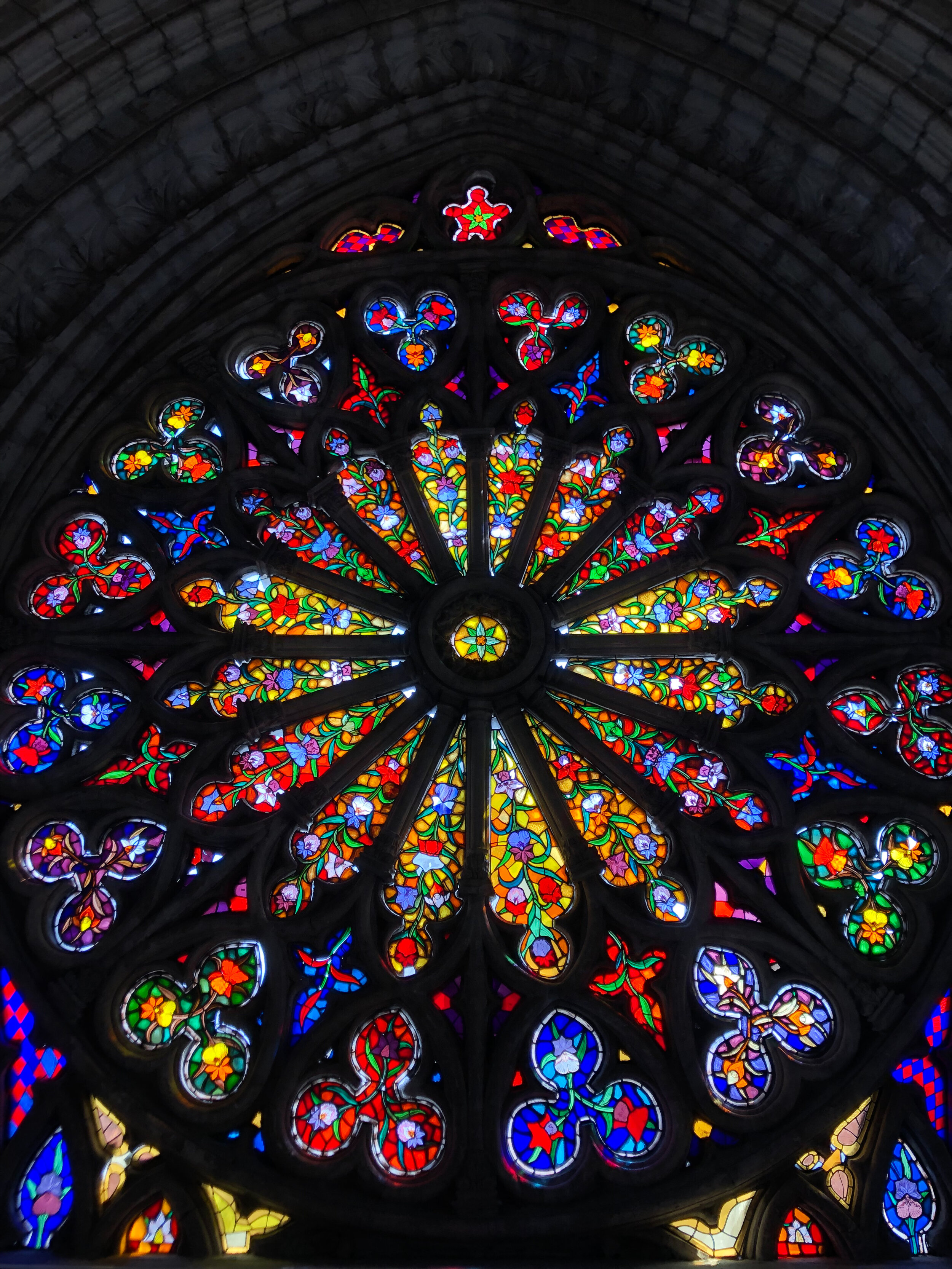
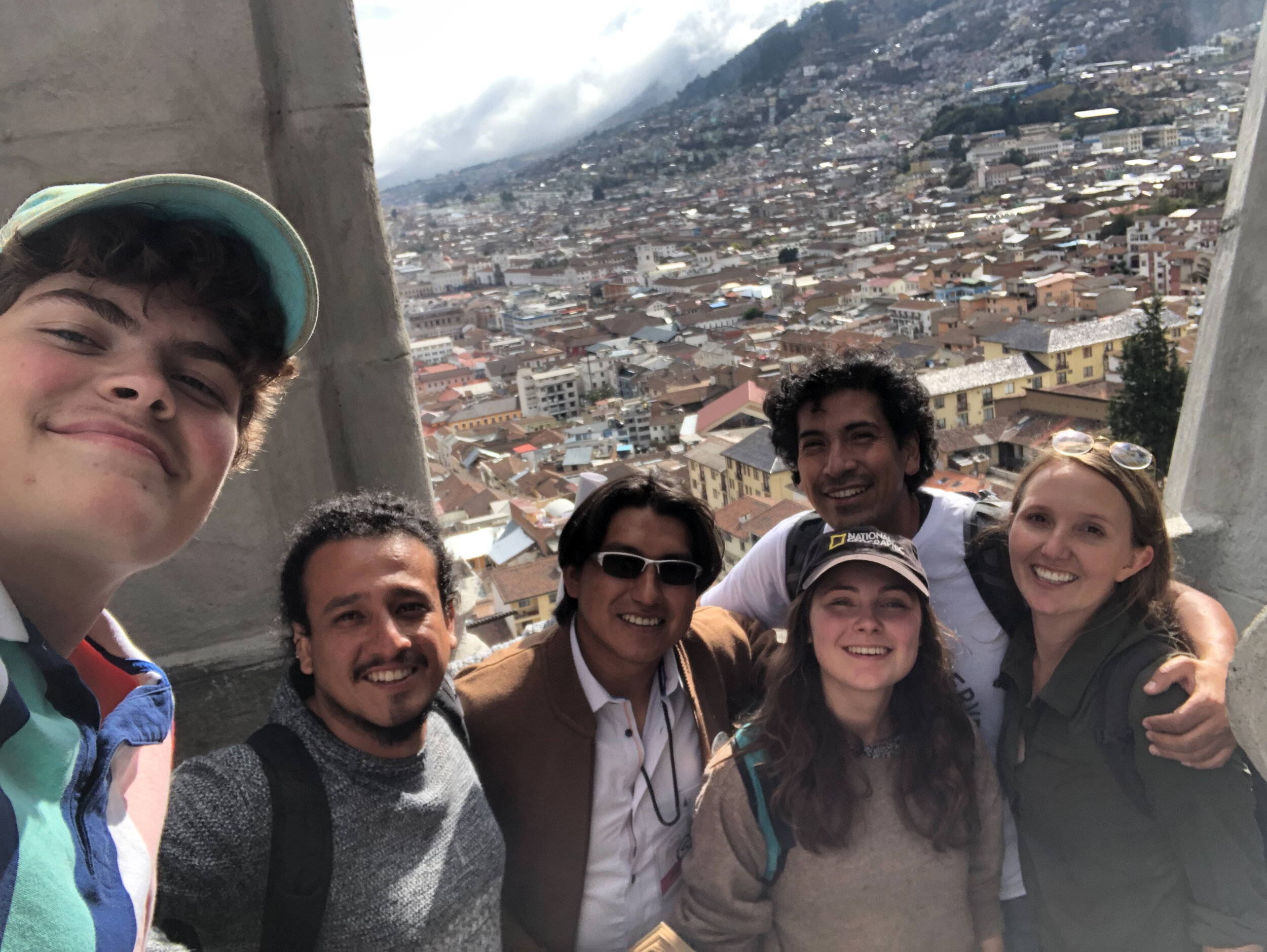

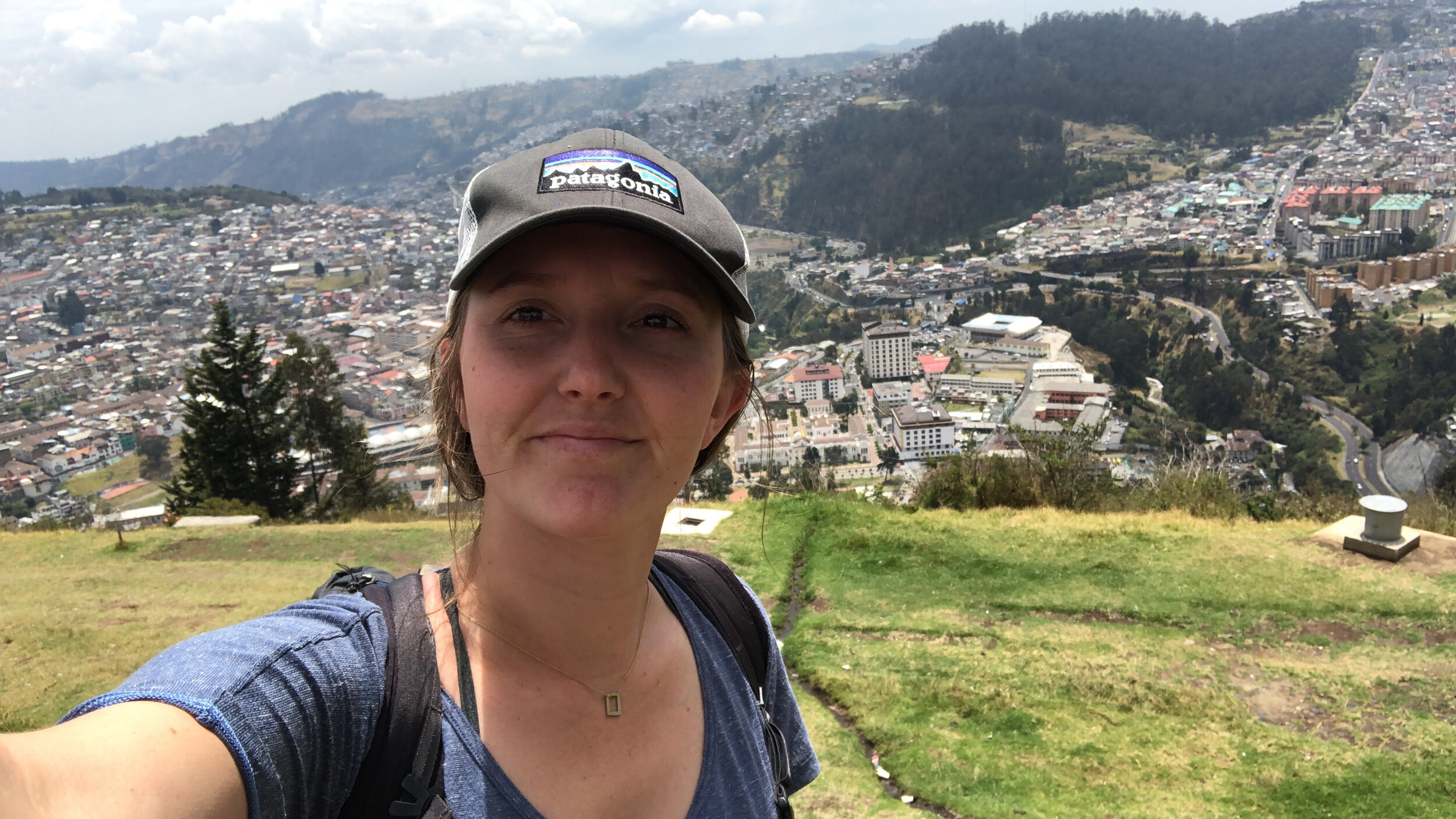

Even after packing a week’s worth of work into three days, we all still felt we had barely made a dent in our post-expedition workload. It seemed that rather we had started a second expedition—a mental expedition through our memories of the past week, synthesizing, deciphering notes, replaying voice memos, watching video at 8x speed, ruthlessly editing through each day’s photos, and, wonderfully, reliving it all.




